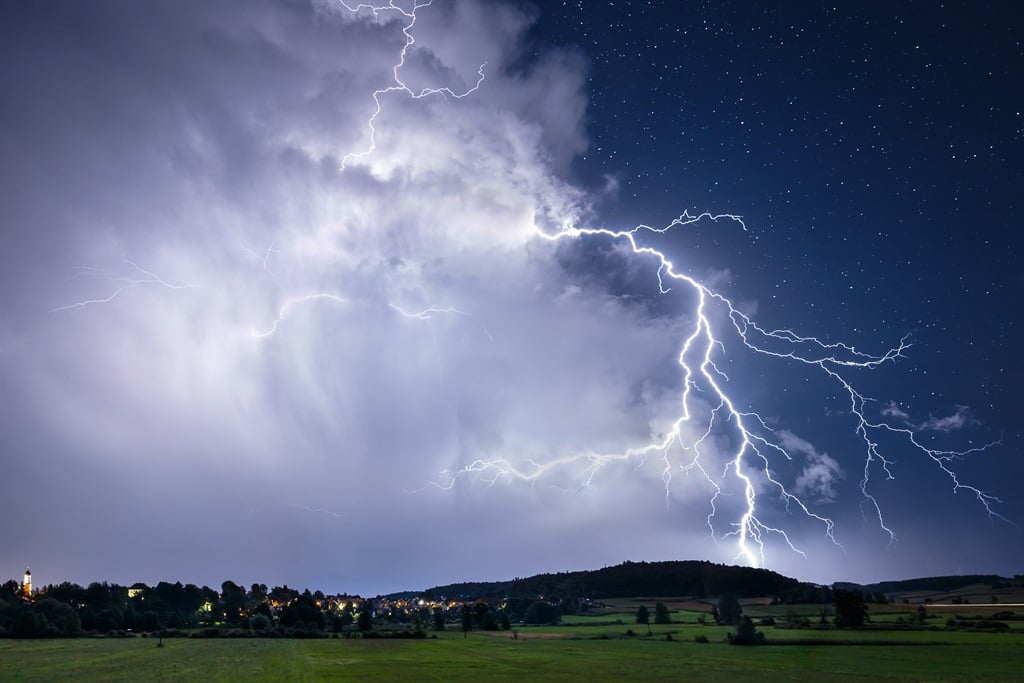As Sunday night approaches, residents of eastern Pennsylvania are being urged to prepare for potentially severe weather. Meteorologists have forecasted the development of thunderstorms capable of producing damaging winds, large hail, and intense rainfall, which could lead to localized flooding. The warning emphasizes the importance of staying informed and taking safety precautions to minimize risks.
This article provides a comprehensive overview of the expected weather event, its potential impacts, and practical steps residents can take to stay safe during severe thunderstorms.
Understanding the Weather Threat
Severe thunderstorms are a common occurrence during transitional weather periods, such as late summer and early fall. They develop when warm, moist air collides with cooler air, creating the perfect conditions for instability in the atmosphere.
Weather Forecast for Sunday Night
- Location: Eastern Pennsylvania, including cities like Philadelphia, Allentown, and Scranton.
- Timing: The thunderstorms are expected to begin late Sunday evening and continue into the early hours of Monday morning.
- Severity: Some of these storms could become severe, bringing wind gusts of up to 60-70 mph, hailstones larger than one inch in diameter, and heavy downpours.
Meteorologists are closely monitoring the situation, with the National Weather Service issuing alerts for the affected regions. A Severe Thunderstorm Watch or Warning may be issued depending on how conditions evolve.
Potential Hazards of Severe Thunderstorms
Severe thunderstorms can bring a range of hazardous weather conditions, each posing a unique set of risks:
1. Damaging Winds
- Impact: Wind gusts exceeding 60 mph can uproot trees, damage roofs, and down power lines. Such winds are also strong enough to turn unsecured objects into dangerous projectiles.
- Safety Tip: Secure outdoor items like patio furniture, trash cans, and decorations to prevent them from becoming airborne.
2. Large Hail
- Impact: Hailstones can damage vehicles, windows, and crops. In severe cases, large hail can also pose a risk to people and animals caught outdoors.
- Safety Tip: Park vehicles in garages or under covered areas and stay indoors during the storm.
3. Heavy Rainfall and Flash Flooding
- Impact: Torrential downpours can lead to flash flooding, particularly in urban areas with poor drainage or near rivers and streams.
- Safety Tip: Avoid walking or driving through flooded areas, as even six inches of moving water can knock over an adult, and one foot can sweep away a car.
Preparing for the Storm
With a severe weather event on the horizon, preparation is key to ensuring the safety of you and your loved ones. Here’s a detailed guide to help you get ready:
1. Stay Informed
- Check Weather Updates: Regularly monitor local news, weather apps, or the National Weather Service for updates.
- Understand Alerts: Know the difference between a Watch (conditions are favorable for severe weather) and a Warning (severe weather is occurring or imminent).
2. Prepare Your Home
- Secure Loose Items: Bring in or anchor outdoor furniture, trash bins, and other loose items.
- Inspect Trees: Trim weak or overhanging branches that could fall during strong winds.
- Close Windows and Doors: Ensure all windows, doors, and garage doors are securely shut to prevent wind and water damage.
3. Assemble an Emergency Kit
An emergency kit can make all the difference during a storm-related power outage or evacuation. Include:
- Flashlights and extra batteries
- A fully charged power bank for phones
- Non-perishable food and bottled water
- First aid supplies
- Copies of important documents in a waterproof container
4. Create a Communication Plan
- Establish a way to contact family members in case you are separated.
- Identify a safe meeting spot within your home, such as a basement or interior room away from windows.
During the Thunderstorm
When the storm arrives, prioritize safety by following these guidelines:
1. Stay Indoors
- Avoid going outside unless absolutely necessary.
- Stay away from windows and doors.
2. Avoid Electrical Appliances
- Unplug electronics to protect them from power surges.
- Avoid using corded phones or appliances, as lightning can travel through electrical wiring.
3. Monitor Weather Alerts
Keep a battery-powered radio or smartphone nearby to receive real-time updates on the storm’s progress.
4. Be Ready to Evacuate
If flooding becomes imminent, evacuate to higher ground immediately. Do not wait for official evacuation orders if conditions appear unsafe.
After the Storm
Once the thunderstorm has passed, exercise caution as you assess the aftermath:
1. Check for Damage
- Inspect your property for fallen trees, damaged roofs, or broken windows.
- Take photos of any damage for insurance purposes.
2. Avoid Downed Power Lines
Stay at least 30 feet away from downed lines and report them to your local utility provider immediately.
3. Be Cautious Around Floodwaters
- Do not enter floodwaters, as they may contain hazardous debris or contaminants.
- Check for road closures before traveling, as some routes may remain impassable.
How Severe Thunderstorms Impact Pennsylvania
Eastern Pennsylvania has experienced its fair share of severe weather in recent years. The region’s mix of urban areas and rural landscapes makes it particularly vulnerable to:
- Urban Flooding: Cities like Philadelphia often experience overwhelmed drainage systems during heavy rain.
- Power Outages: Severe winds frequently result in widespread power outages, impacting thousands of residents.
These storms not only disrupt daily life but also pose long-term challenges for infrastructure and emergency services.
FAQs About Severe Thunderstorms in Eastern Pennsylvania
1. What time are the storms expected to hit?
The storms are forecasted to begin late Sunday evening and could continue into early Monday morning.
2. What areas are most at risk?
Eastern Pennsylvania, including major cities like Philadelphia and surrounding suburbs, is under the highest threat.
3. How can I protect my home?
Secure loose outdoor items, trim weak tree branches, and close all windows and doors.
4. Is it safe to drive during the storm?
It’s best to avoid travel during severe thunderstorms, especially in areas prone to flooding or high winds.
5. What should I do if my power goes out?
Use flashlights instead of candles for lighting, and keep your refrigerator closed to preserve food. Report outages to your utility provider.
Conclusion
As severe thunderstorms loom over eastern Pennsylvania, preparation and vigilance are essential. By understanding the risks and taking proactive measures, residents can protect themselves, their loved ones, and their property.











